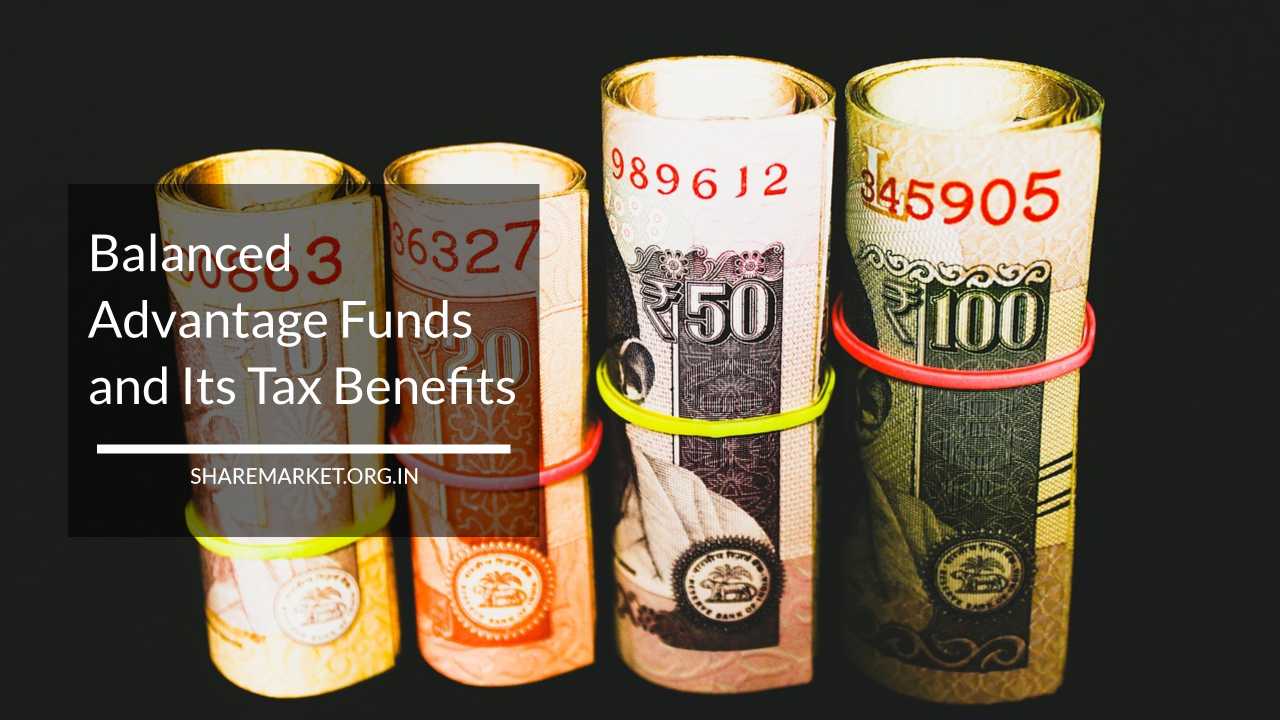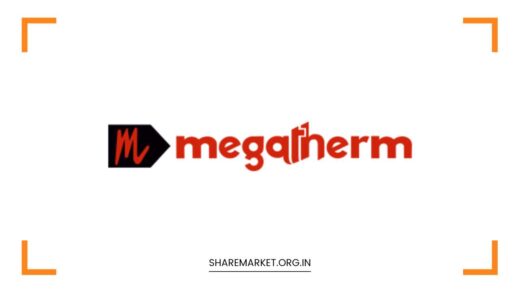Balanced Advantage Funds and Its Tax Benefits

Investors who are hesitant to invest due to the volatility and risk of the stock market but want higher returns than three-year fixed deposits should consider Balanced Advantage Funds (BAFs) or Dynamic Asset Allocation Funds.There is a better option for investment.
What is the Balanced Advantage Fund?
Balanced Advantage Funds (BAF) are investment schemes that invest in a mix of debt and equity. While regular hybrid funds keep the allocation between equity and debt constant within certain prescribed limits, BAFs have no such limit.
Balanced Advantage Funds move their allocations dynamically. BAFs have the option that if market valuations are high, the fund manager can tilt the investment allocation more towards debt, and when assets become cheaper, the allocation will shift towards equity.
Which Asset Allocation Models Are Used?
All fund houses have their own in-house model to decide equity and debt allocation. These models are created based on the strategy of the fund manager.
It completely depends on the fund manager as to what the asset allocation should be. Most of the fund houses follow a pro-cyclical fund allocation model. Under this model, more equity is bought at cheaper valuations.
Fund managers may use a mix of fundamental and technical factors such as PE and PB ratios and trend indicators like daily moving averages to arrive at the equity allocation.
Some fund houses use the counter-circle model. This model increases the equity allocation in rising markets.
How to Claim the Tax Break
The biggest advantage of investing in these funds is that they are structured in such a way that they are taxed as equity funds for the investors.
When these funds reduce their equity exposure, this structure ensures that the equity plus arbitrage component of the scheme is at least 65% of the corpus.
Thus, equity helps in getting exemption from taxation. When investors sell their units after holding them for a year or more, they must pay a 10% long-term capital gains tax.
What is a Long-term Investment Plan?
Every investor keeps financial goals ready for the future. Creating a roadmap for that goal and investing is called goal-based investing.
For example, if a person is planning to go on a foreign tour with his family in 2023, then the preparations made by investing in the remaining 12 months will be called short-term goals.
But if the child of the same person is still young and he is investing money for his foreign education, then it will be called a long-term investment.
Both retirement planning and home ownership are long-term investments.

















